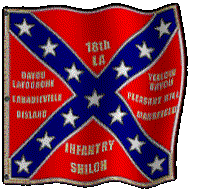Click 👉TODAY IN HISTORY (general history) April 20.
ON THIS DAY IN CONFEDERATE HISTORY, April 20.
1861: Robert E. Lee resigned from the U.S. Army and was commissioned as commander of the Virginia Militia two days later. General Lee was one of the first five full Confederate generals and went on to become one of the greatest commanders in all history.
Robert E. Lee with son
William H.F. Lee c. 1845.
The style for men at this
was the clean-shaven look.
(Wikipedia/Public Domain)
1863: Skirmishes happened on this day at Bloomfield, Missouri, Patterson, Missouri, and Sandy Ridge, North Carolina.
1864: Skirmishes occur near Camden, Arkansas, and near Natchitoches, Louisiana in the Red River Campaign in those two states during the Red River Campaign, also called the Camden Expedition in Arkansas. General E. Kirby Smith commanded the Confederates, and Maj. Gen. Frederick Steele, the Federals. The climactic battle of the Arkansas occurred at Jenkins' Ferry on April 30, 1864.
Gen. E. Kirby Smith
The Battle of Plymouth. The Federal garrison at Plymouth, North Carolina surrendered to Confederate Major General Robert F. Hoke after a three-day battle on land and sea. The Federal casualties totaled 2,000, including captured, one ironclad ship sunk, and one ironclad ship damaged. Among the Northern casualties was Lt. Charles W. Flusser, USN, of the U.S.S. Miami. The Confederates lost a total of 800 casualties, including Col. John T. Mercer, commanding Hoke's Brigade, killed in action. This is an example of a Confederate victory that overcame the naval advantage of the North, which had five gunboats to the South's ironclad CSS Albemarle and the CSS Cotton Plant.
1865: President Davis advocates the continuation of the struggle for Southern Independence through partisan warfare, but both General R.E. Lee and General J.E. Johnston express their opposition and want a cessation of hostilities.
CONFEDERATE GENERAL BIRTHDAYS, April 20.
Brigadier General Alfred Holt Colquitt was born this day in 1824 in Walton County, Georgia. He was a prewar attorney at law in Georgia and a veteran of the Mexican-American War. After the war, he served as a major and paymaster in the U.S. Army and one term as a member of the U.S. House of Representatives (1853-1855). Colquitt was a delegate in the Georgia secession convention and voted for secession. At the beginning of the War for Southern Independence, he started out as a captain in the 6th Georgia Infantry but rose to colonel of the regiment. Colquitt led his regiment in the Peninsula Campaign and then assumed command of the brigade of Brig. Gen. Gabriel Rains after Rains was wounded at the Battle of Seven Pines. He led the brigade successfully at South Mountain and Sharpsburg where he was promoted to brigadier general as of Sept. 1, 1862. His other battles included Fredericksburg and Chancellorsville. Colquitt and his brigade were then transferred to Charleston, S.C. and in Feb. 1864, took part in the Confederate victory at the Battle of Olustee, Fla. Colquitt's brigade then returned to Virginia for a while and finished the war in North Carolina in 1865. Following the war, Colquitt was elected to two terms of Georgia's governor and then to the U.S. Senate. He died while still serving in the Senate on March 26, 1894, in Washington, D.C., and was buried in Rose Hill Cemetery in Macon, Ga.

Brig. Gen. Alfred H. Colquitt
👱
Brigadier General John Smith Preston was born on this day in 1809 in Abingdon, Virginia. He practiced law in Columbia, S.C. served in the state senate between 1848 and 1856, and was a delegate in the South Carolina Secession Convention in 1860. With the coming of war, he was commissioned a brigadier general in the Confederate Army and headed the conscription bureau in Richmond, Va. Following the war, Preston moved to England and did not return to the U.S. until 1868. He died at Columbia, S.C. May 1, 1881, and was buried at the Trinity Cathedral Cemetery there.
Brig. Gen. John S. Preston
👋
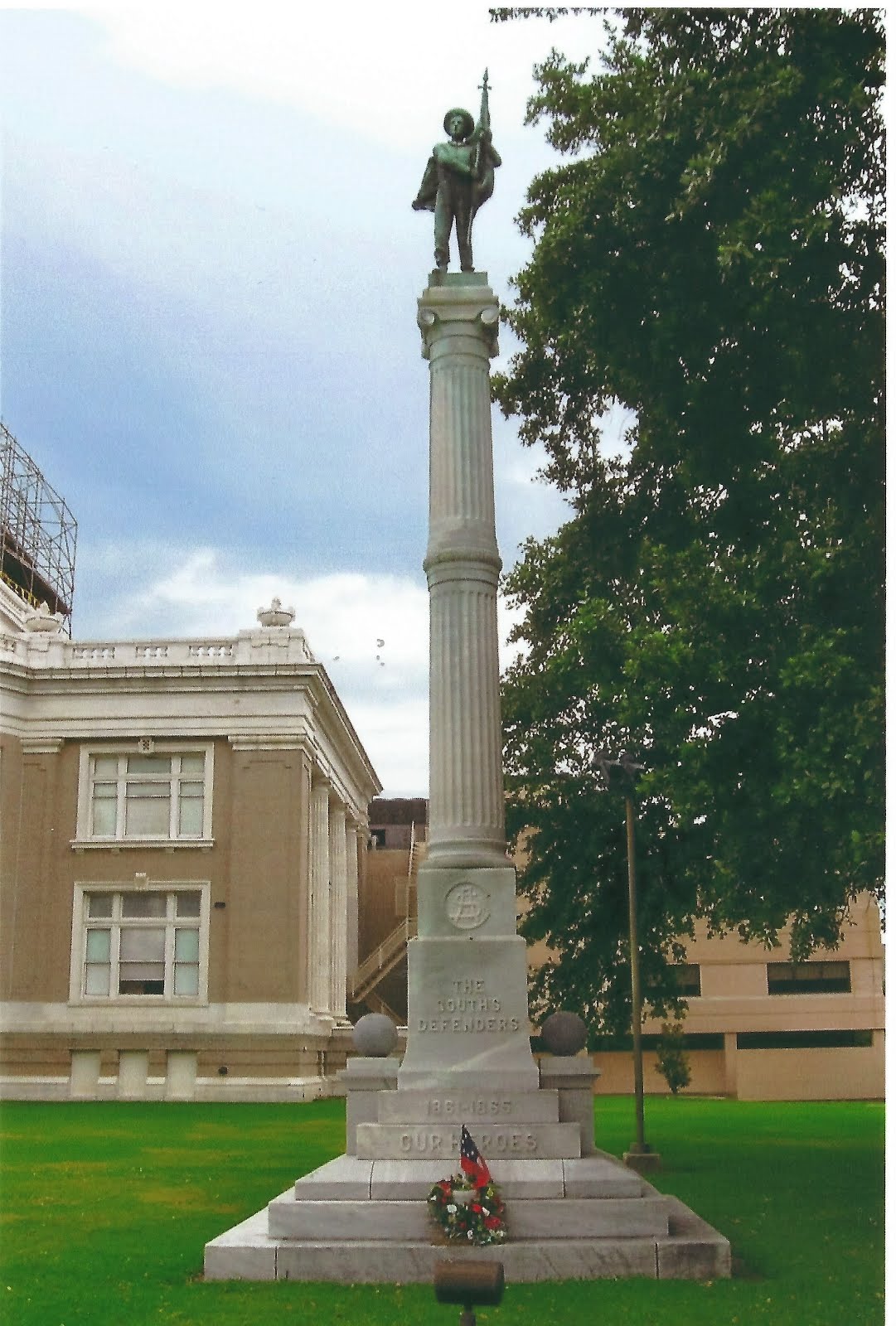




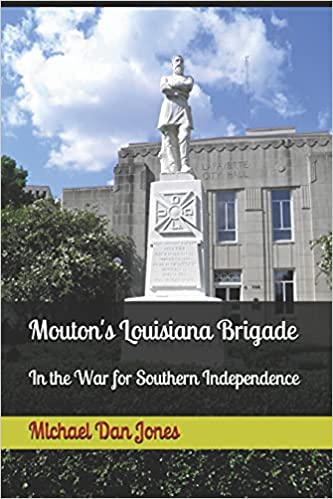


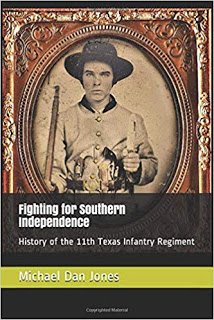
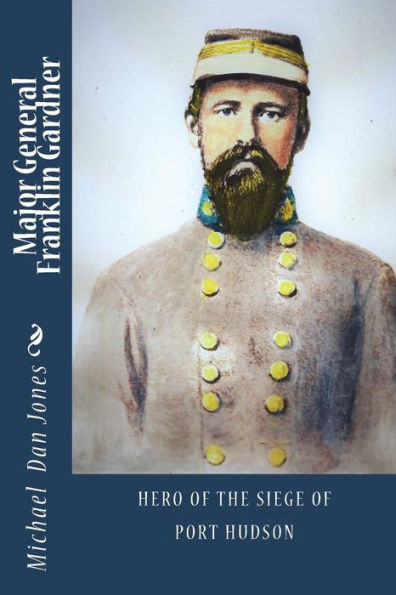




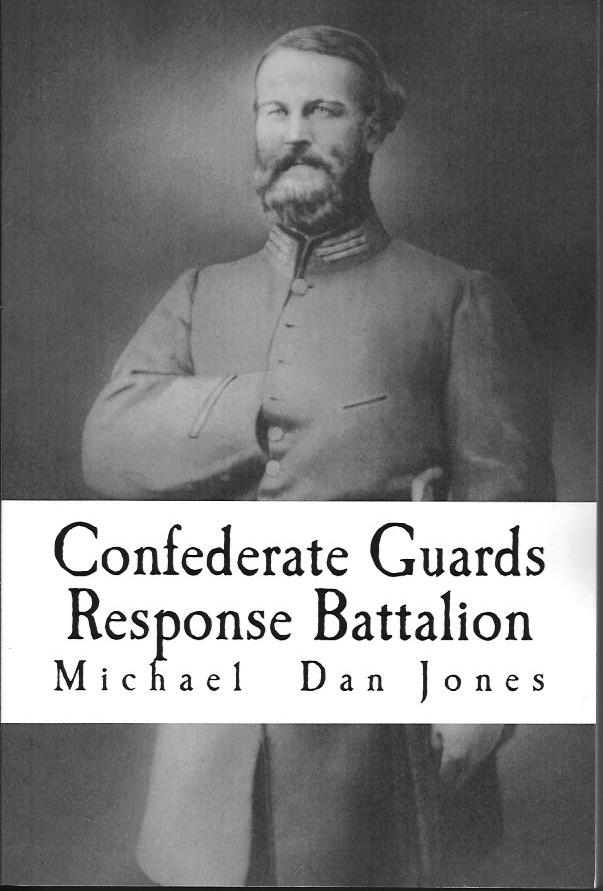






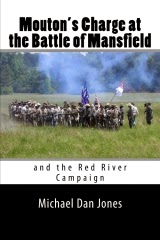












.jpg)














%20Rodgers.1ArkInf.png)





























